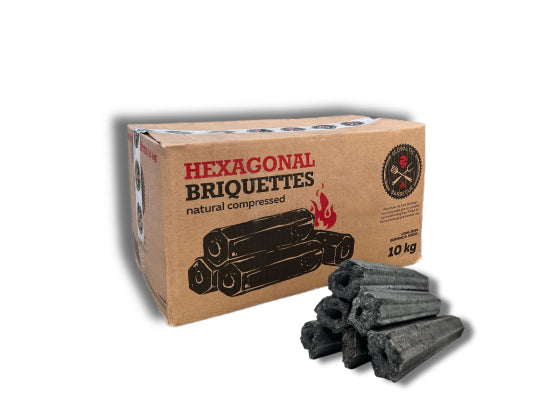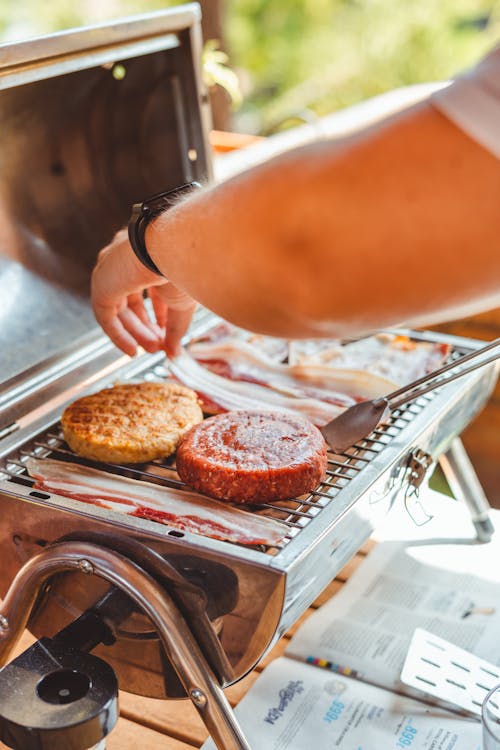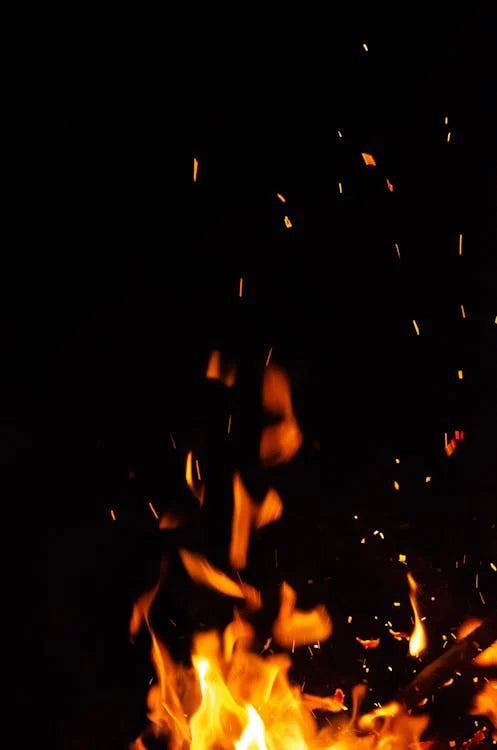Barbecue season is upon us once again, and there's nothing quite like the aroma of sizzling meats and vegetables on the grill. Whether it's a casual backyard gathering or a grand summer party, cooking on the barbecue brings people together to enjoy delicious meals. However, what happens when there's more food than your guests can devour in one sitting? Properly storing leftover barbecue dishes is essential to maintaining their flavour, freshness, and safety. In this article, we'll explore the best practices for storing food cooked on the barbecue.
Understanding Food Safety
Before delving into storage techniques, it's crucial to understand the principles of food safety. Bacteria multiply rapidly in warm environments, so perishable foods left at room temperature for too long can become a breeding ground for harmful pathogens. To prevent foodborne illnesses, it's essential to follow the "2-hour rule." This rule advises that perishable foods should not be left out at room temperature for more than two hours. In hot weather (above 90°F or 32°C), the time limit reduces to just one hour.
Cooling Down the Barbecue Leftovers
Once the barbecue feast is over, it's time to tackle the leftovers. To ensure safe storage, the first step is to cool down the cooked food promptly. Transfer the leftovers from the grill to shallow containers or platters to increase their surface area and facilitate quicker cooling. Avoid leaving large portions of food in deep containers, as they can retain heat and prolong the cooling process.
Refrigeration and Freezing
After the leftovers have cooled down to room temperature, it's time to move them to the refrigerator or freezer. Refrigeration slows down bacterial growth and helps maintain the quality of the food for a few days. However, if you don't plan to consume the leftovers within a couple of days, freezing is the best option. Freezing effectively halts bacterial growth and preserves the flavour and texture of the food for an extended period.
Proper Packaging
Proper packaging is key to preserving the quality of barbecue leftovers. When storing food in the refrigerator or freezer, use airtight containers or resealable plastic bags to prevent exposure to air, which can cause freezer burn and alter the taste of the food. Label each container with the date of storage to keep track of freshness and ensure that older items are consumed first.
Portion Control
When storing barbecue leftovers, consider portioning them into smaller servings before refrigerating or freezing. This not only makes it easier to reheat the desired amount but also reduces waste. Additionally, smaller portions tend to cool down faster, reducing the risk of bacterial growth during the cooling process.
Safe Thawing
When it's time to enjoy your barbecue leftovers, proper thawing is crucial to preserving their quality and safety. The safest method for thawing frozen leftovers is to transfer them to the refrigerator and allow them to thaw slowly overnight. If you're short on time, you can use the microwave's defrost setting or submerge the sealed container in cold water, changing the water every 30 minutes to maintain its temperature.
Reheating Techniques
Reheating barbecue leftovers requires careful attention to ensure that they reach a safe internal temperature. Use a food thermometer to check that the leftovers have reached 165°F (74°C) throughout before serving. For best results, reheat the food gently to prevent it from drying out. Methods such as stovetop reheating, oven baking, or microwaving with a cover to retain moisture are all effective options.
Creative Uses for Barbecue Leftovers
Barbecue leftovers can be incredibly versatile and serve as the foundation for a variety of delicious dishes. Here are a few creative ideas to make the most of your leftover barbecue fare:
-
Barbecue Pizza: Use leftover grilled meats and vegetables as toppings for a homemade pizza. Spread barbecue sauce over the pizza dough, add your favourite toppings, and bake until the crust is golden brown.
-
Barbecue Quesadillas: Fill flour tortillas with shredded barbecue meat, cheese, and diced onions, then cook them in a skillet until the cheese is melted and the tortillas are crispy.
-
Barbecue Stuffed Potatoes: Split baked potatoes and fill them with a mixture of chopped barbecue meat, cheese, and sour cream for a hearty and satisfying meal.
- Barbecue Salad: Toss leftover grilled vegetables and meats with fresh greens, avocado, and a tangy vinaigrette for a refreshing barbecue salad.
Mastering the art of storing barbecue leftovers is essential for maximising enjoyment while minimising waste. By following proper food safety guidelines and employing smart storage techniques, you can ensure that your leftover barbecue dishes remain safe, flavorful, and ready to enjoy whenever hunger strikes. So fire up the grill, savour the delicious flavours of summer, and rest easy knowing that your barbecue leftovers are in good hands.




